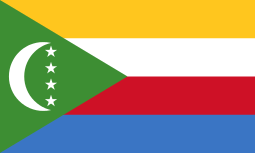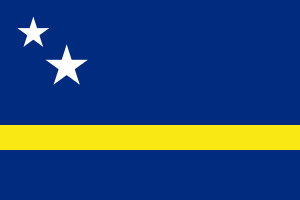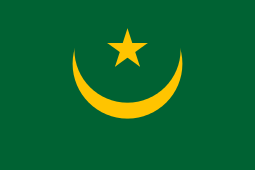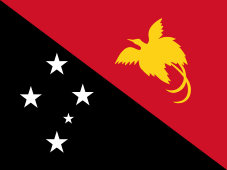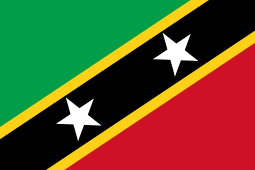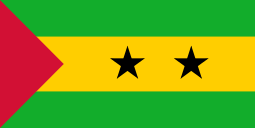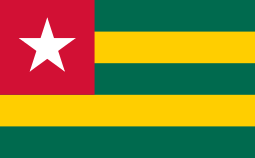Five-pointed star

A five-pointed star (☆) is a common ideogram used throughout the world. If the colinear edges are joined together a pentagram is produced.
The five-pointed star, geometrically a regular concave decagon, used in flags originates from European or Western heraldry, and the golden five-pointed star has associations with military power and war. It has also become a symbol of fame or "stardom" in Western culture.
Comparison with a pentagram
-

A simple five-pointed star
-

A pentagram with strokes through the center
-

A pentacle is an enscribed pentagram (inverted in this image)
Flags
Five-pointed stars are found on many flags, generally in solid form, although some, such as the flag of New Zealand, have a different-colored outline. The pentagram appears on only two national flags, those of Ethiopia and Morocco.
Five-pointed stars appear on the flag and in the heraldic symbolism of the United States. In the U.S. context, the stars allegedly symbolize the heavens. They stand in contrast to the vexillologically rarer seven-pointed stars, such as those used in the flag of Australia – which also has 1 five pointed star, Epsilon Crucis – 5 pointed star, 1/10 of the way right and 1/24 down from the centre fly. [1]
Stardom

The five-pointed star is known as a symbol of fame or "stardom". The word "star" is often used as a synonym for "celebrity",[2] and in show business a five-pointed star may be affixed to a principal performer's dressing room door to indicate they are of preeminent importance or notoriety.[3] Another example is the Hollywood Walk of Fame where famous entertainers are honored with pink terrazzo five-pointed stars along Hollywood Boulevard to commemorate their achievements within the entertainment industry.[4]
Socialism and communism
The Red Star is a five-pointed star, coloured solidly in red, which featured ubiquitously in the former Soviet Union. It is used to symbolize socialism and in particular communism.
The Druze

The Druze, descendents of exiles from Fatimid Dynasty-ruled Egypt, have as their symbol a five-pointed star with a different color on each point, representing five principles: green for Aql "the Universal Mind/Nous", red for Nafs "the Universal Soul/Anima mundi", yellow for Kalima "the Word/Logos", blue for Sabq "the Potentiality/Cause/Precedent", and white for Talī "the Actuality/Effect/Immanence". They live mainly in Syria, Lebanon, and Israel.
Ottomans
The five-pointed star is part of the symbol of the Ottoman Empire.
Religion and culture
Bahá'í Faith

In the Bahá'í Faith a five-pointed star referred to as a haykal (Arabic: "temple") represents the (body of the) Manifestation of God, as described in the Súriy-i-Haykal.
- "Strictly speaking the 5-pointed star is the symbol of our Faith, as used by the Báb and explained by Him."
- (on behalf of Shoghi Effendi, Directives from the Guardian, p. 52)
Serer religion

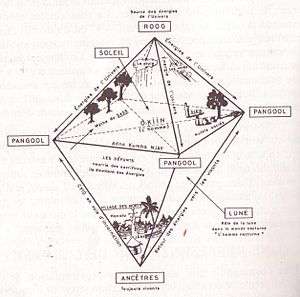
The five pointed star is a Serer religious, and symbolizes the Serer people of West Africa. In the Serer language, it is called Yoonir and it is regarded as symbol of the universe in the Serer creation myth, and a representation of the star Sirius.[8][6]
Islam

The Five pointed star has been a Muslim symbol for multiple Muslim works, most notably on flags. This might be a feature as part of the star and crescent to represent the caliphate, but also as on its own to represent the Five Pillars of Islam.
Other uses
-

Moscow Kremlin Star 1937
Five pointed stars are also used on various elevators to indicate the ground level or lobby of a building. Five pointed stars are also used on various police, fire, and paramedic badges. In sports especially in football association the star together with the badge in the uniforms represents the championships that the team wins for example the badges of the France, Spain, England national shirt badge appears one five pointed star represents one FIFA World Cup championship.
The five pointed star may also be used to symbolize the human body (feet, arms and head) as well as the five senses of human perception (sight, sound, smell, touch, taste), and likewise the Shakespearian era five wits.
Brigate Rosse
The symbol of the Italian Marxist-Leninist terrorist group Brigate Rosse is a slightly modified five-pointed star.
Order of the Eastern Star
The Order of the Eastern Star, a fraternal organization associated with Freemasonry, employs a downward-pointing star as its symbol, with the five points colored blue, yellow, white, green, and red. This emblem sometimes appears in the form of a pentagram.
Kappa Sigma
The Star and Crescent are the official symbols of Kappa Sigma comprising the fraternity badge.
Esperanto
A green five-pointed star is a symbol of Esperanto.
See also
- Star (polygon)
- Star (glyph)
- Sea star
- Pentagram
- Barnstar
- Mullet (heraldry)
- United States military aircraft national insignia, which have mostly used five-pointed stars since 1916
- Red star, used by United States pioneering military aircraft in early 1916
- List of symbols
- Arabic star
- The Five Star Stories
References
- ↑ Flag of Australia
- ↑ "Synonyms For "Celebrity"". Thesaurus.com. Retrieved 13 July 2011.
- ↑ "The "Star" Dressing Room". MovieStaff.com. Retrieved 13 July 2011.
- ↑ "Hollywood Walk of Fame". WalkOfFame.com. Retrieved 13 July 2011.
- ↑ Gravrand, "La civilisation sereer : Pangool" p 20
- 1 2 Madiya, Clémentine Faïk-Nzuji, "Canadian Museum of Civilization", Canadian Centre for Folk Culture Studies, "International Centre for African Language, Literature and Tradition", (Louvain, Belgium), pp 27, 155, ISBN 0-660-15965-1
- ↑ Gravrand, Henry, La civilisation sereer, vol. II : Pangool, Nouvelles éditions africaines, Dakar, Senegal, 1990, p. 216, ISBN 2-7236-1055-1
- ↑ Gravrand, Henry, La civilisation sereer, vol. II : Pangool, Nouvelles éditions africaines, Dakar, Senegal, 1990, p. 20, ISBN 2-7236-1055-1








